Shoulder Impingement
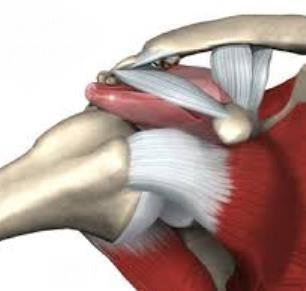
Shoulder impingement, a common cause of shoulder pain, occurs when a tendon inside the shoulder joint, rubs on the bone as you lift your arm, and soft tissues can get pinched between the bones of the shoulder. While it usually improves after a few weeks, it can become a chronic problem.
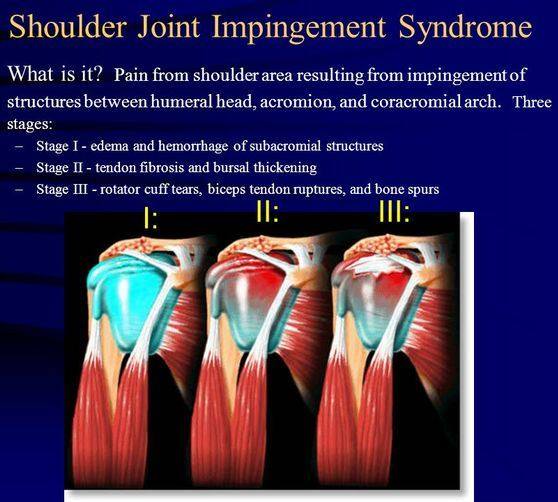
-PRIMARY SHOULDER IMPINGEMENT – caused by underlying structural issues and conditions, eg. small subacromial space , osteoarthritis.
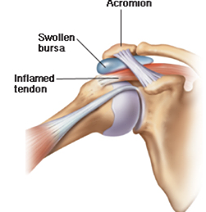
-SECONDARY SHOULDER IMPINGEMENT – caused by movement and posture related problems, such as overuse, or rotator cuff tear. Shoulder impingement occurs during abduction of the arm, when the supraspinatus muscle, the biceps tendon or the bursa can get pinched in the subacromial space just below the top bone of the shoulder. It can be difficult to reach overhead because this space becomes smaller
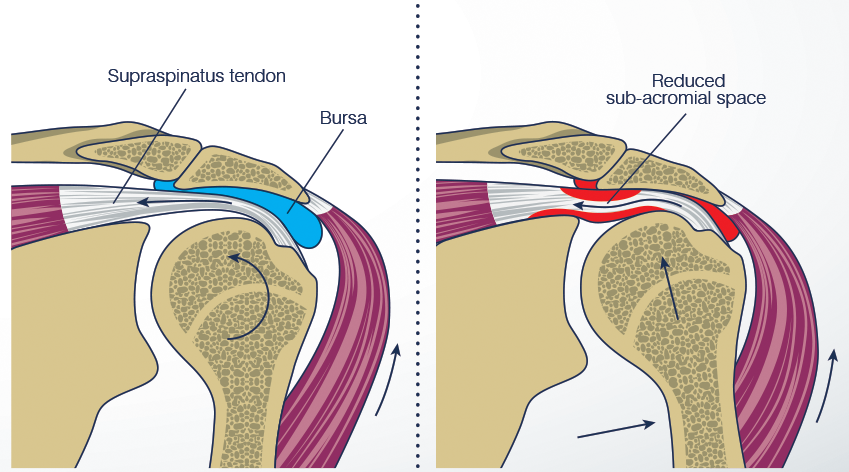
CAUSES
• Injury eg. rotator cuff tear or torn labrum
• Inflamed/thickened/torn tendon due to injury/ overuse/ "wear and tear"
• Inflammation of the bursa (fluid filled sac)
• A curved acromion bone
• bony growths on the acromion
RISK FACTORS
• Overuse eg.swimming, baseball which involve repetitive use of the arms. Overuse can cause inflammation resulting in pinched tissues.
• Frequent occupational overhead lifting .eg. construction workers A narrow subacromial space, caused by either natural (inherited) bone shape or arthritic changes to the bones.
• Naturally curved/ hooked acromion - typically means a smaller subacromial space meaning the tissues are more likely to get pinched
• Naturally prominent coracoid (projection from the shoulder blade)- increases the risk of subcoracoid impingement, which is less common.
• shoulder instability – ie. muscles, tendons, and ligaments no longer secure the shoulder joint, causing pain and increasing the risk of partial dislocation and impingement
• Previous shoulder injuries eg torn labrum
• Bone spurs - reduce the subacromial space
• Coracoacromial ligament calcification - runs diagonally over the rotator cuff in the subacromial space
• Poor posture - hunching the shoulders can reduce the subacromial space
• Age – most common in adults over the age of 50
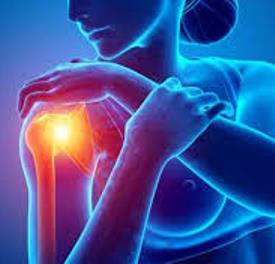
SYMPTOMS
• Symptoms may be sudden or gradual
• pain in the top, outer side of your shoulder
• pain is worse on lifting the arm
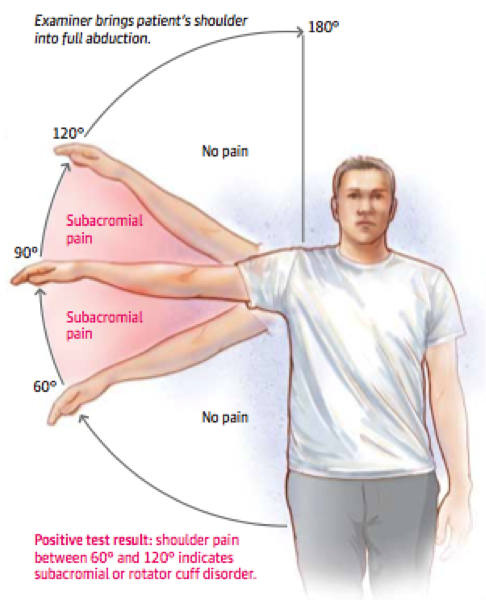
• pain at night, particularly when lying on the affected side, which affects your sleep
• arm/shoulder weakness even when not in use
• pinching pain at the top of the shoulder during overhead movements, throwing, reaching behind or sleeping on front with arms above head
• reduced range of motion
• pain that radiates from the shoulder to the outer, upper arm, during/ after lifting and overhead movements.
• Intermittent pain in/around the shoulder
• Swelling or tenderness
TREATMENT
The aim of treatment is to reduce inflammation and pain, and improve range of motion, muscle strength and posture in order to increase the subacromial space and restore the function of the joint. Non surgical treatment should be used for 3-4 months after which if symptoms still persist, surgery may be an option
• REST - avoid overhead activities, rapid and frequent shoulder movement, but continue with normal daily activities
• ICE PACKS – 20 mins at regular intervals to reduce any inflammation
• PHYSIOTHERAPY - to improve range of motion and strengthen weak muscles
• EXERCISES – to strengthen the muscles and prevent future injury
• ANTI-INFLAMMATORIES eg ibuprofen
• CORTISONE INJECTIONS- to reduce inflammation and swelling that may be causing or contributing to the impingement.
• PLATELET RICH PLASMA (PRP)& STEM CELL INJECTIONS– may be suggested in cases of soft tissue injuries, eg rotator cuff tear
• SURGERY - subacromial decompression may be an option if other treatments haven't worked to increase the subacromial space
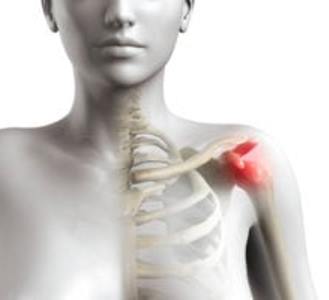
STRETCHES & EXERCISES
The following stretches will help to improve range of motion and posture, but should only be done if there is no pain.
• CHEST STRETCH
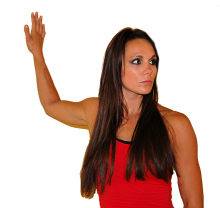
- Place forearm against a wall then gently lean forwards and turn away from it to stretch the chest muscles and the front of the shoulder
• SUPRASPINATUS STRETCH
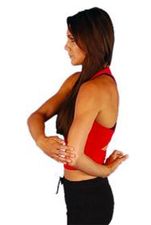
- Place hand on the lower back and use the other hand to pull the elbow forwards keeping your hand on your lower back.This will stretch the back of the shoulder
• ANTERIOR SHOULDER STRETCH
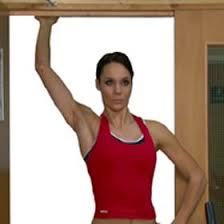
- Grasp door frame above you and move forwards leaving the arm behind to stretch the front of the shoulder and chest muscles.
• POSTERIOR SHOULDER STRETCH
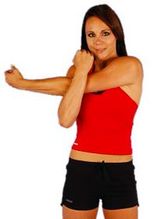
- Place one arm across the front and pull it in tight with the other to stretch the back of the shoulder.
STRENGTHENING EXERCISES
These exercises will strengthen the rotator cuff muscles which stabilise the shoulder joint, but only do if pain free.
• LYING EXTERNAL ROTATION
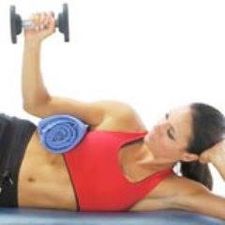
- lay on your side with the affected arm on top resting on your side and the elbow bent so that the hand points towards the floor.Rotate the shoulder so that the hand moves up, towards the ceiling as far as possible.Start with a light weight of around 2kg.
• LYING INTERNAL ROTATION
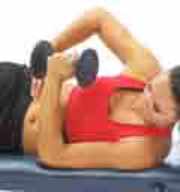
- Lay on your side with the arm to be worked on the bottom. Start with the forearm parallel to the floor.Rotate the shoulder so that the forearm moves towards the stomach and hand points upwards.Start with a light weight of around 2kg. Once comfortable with these exercises, you can progress to movements in abduction.
EXTERNAL ROTATION IN ABDUCTION
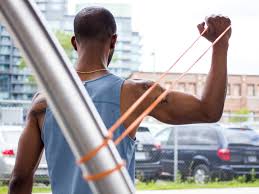
- standing with the arm abducted (raised to the side) to 90 degrees – so the arm is parallel to the floor, bend the elbow to 90 degrees. You can rest the elbow on a chair. Using the elbow as a fixed point, rotate the shoulder so that the hand points to the ceiling. Start with a 2-3kg dumbbell, or use a resistance band.
To strengthen the shoulder girdle:-
RETRACTION
- pull the shoulder back, whilst keeping the arm straight and the head still.Only the shoulder should move.
SCAPULA RETRACTION AND DEPRESSION
- raise your shoulders, roll them back, down and then hold., squeezing the shoulder blades together.
SCAPULA PUSH AND PULL UP
- arms stretched out in front horizontally,reach forward by moving your shoulders forward only. Do not move your back or neck. Then move your shoulders all the way back. Next, hold the pulled position and rest your hands against the wall. Push your shoulders forward, this time with resistance of the wall.
